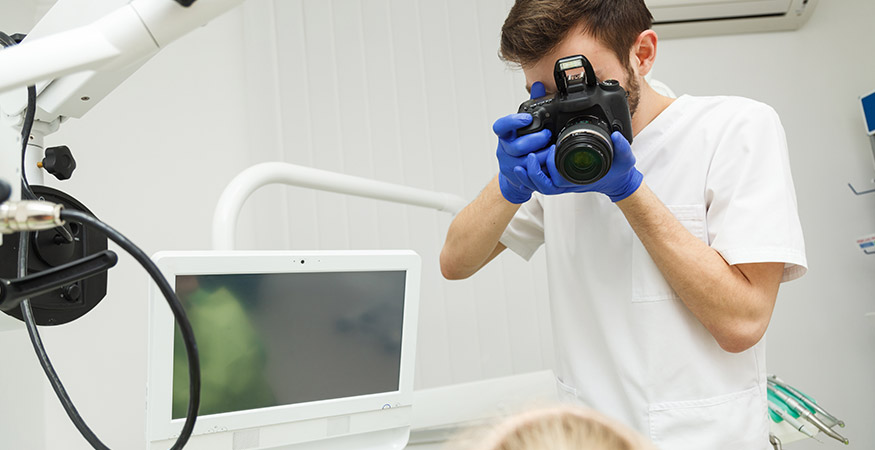Dental restorations are designed to bring back the natural look and function of a patient’s teeth. They are an important aspect of modern dentistry as they help in restoring broken, decayed, or missing teeth. However, one of the biggest challenges in dental restoration is shade matching. The color of the restoration must match that of the patient’s natural teeth. Failure to achieve a perfect shade match can result in a restoration that stands out and looks unnatural.
Shade matching is a complex process that involves a lot of factors such as lighting, materials, and human perception. Inconsistencies in any of these areas can lead to inaccurate color matching and leave the patient feeling dissatisfied with their results. To achieve an accurate shade match, dental labs use a combination of science and art.
Factors such as age, genetics, and lifestyle habits can also affect the natural shade of a person’s teeth. Therefore, color matching requires an understanding of all these factors and the ability to replicate them in the restoration.
One of the ways to ensure accurate color matching is to use a shade guide. Shade guides consist of multiple tabs with different shades of teeth, which are placed next to the patient’s teeth to find the most appropriate match. Shade guides are made up of ceramic, plastic, and resin materials, all of which have different characteristics that can affect the final results.

Another factor that affects shade matching is lighting. Dental labs must have proper lighting to ensure an accurate shade match. This is because different types of light can affect the way the color appears. For example, natural light provides the most accurate representation of the true shade of a tooth, while fluorescent light can make teeth appear more yellow. Therefore, the dental lab must have proper lighting arrangements to ensure accurate shade matching.
The human eye is also a major factor in shade matching. Dental technicians and dentists need to have a highly trained eye to identify subtle differences in shades. It is not simply a matter of choosing a shade tab that matches the patient’s teeth but involves the ability to identify and match different characteristics such as translucency, brightness, and opacity.
In conclusion, shade matching is a complex and critical aspect of dental restorations. Achieving a perfect shade match requires a combination of science and art. Factors such as lighting, human perception, and materials all play an essential role in achieving accurate shade matching. The importance of color matching cannot be overstated, as it can make all the difference between an unremarkable restoration and one that looks natural and blends in seamlessly with the patient’s existing teeth.


